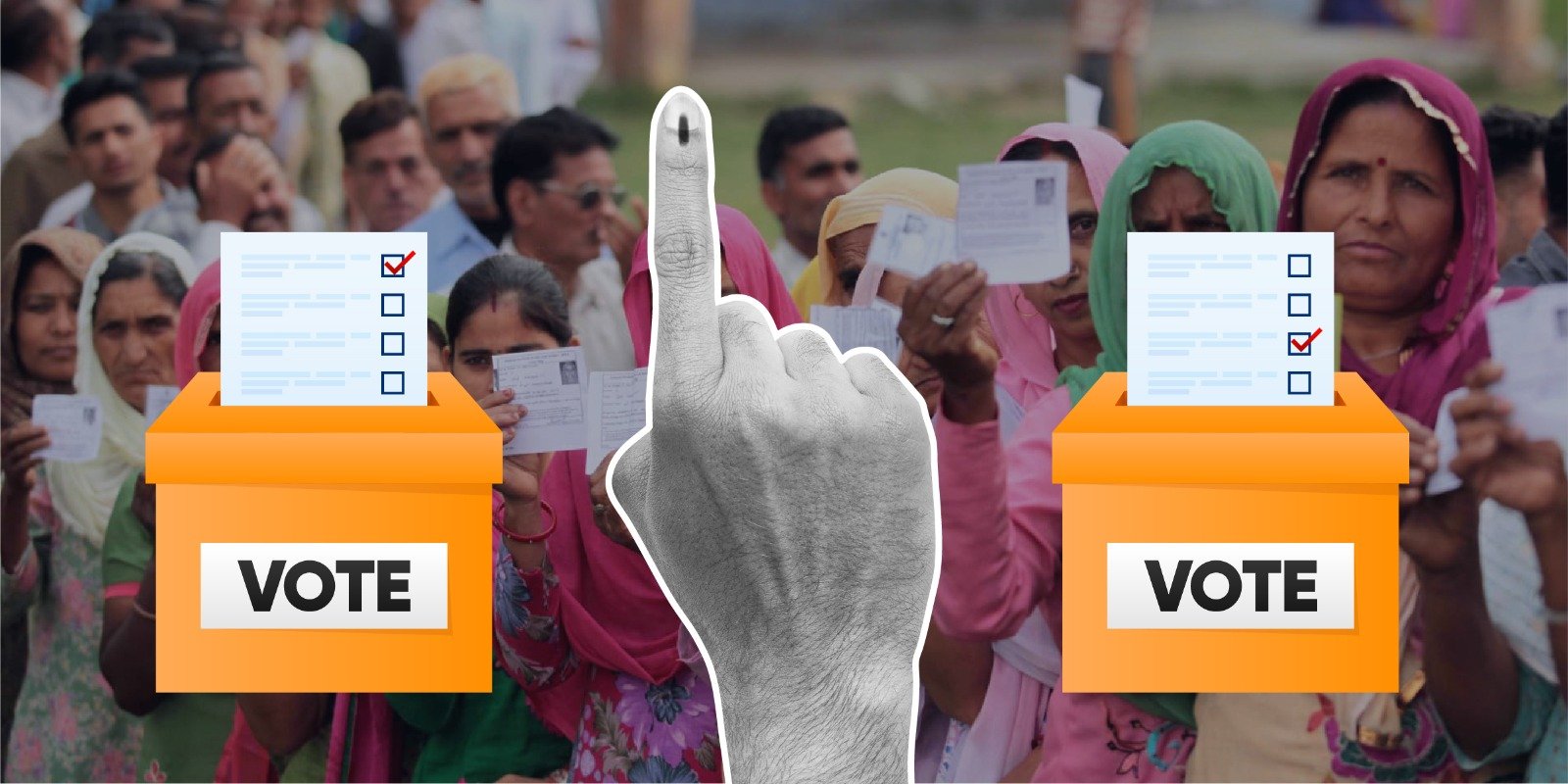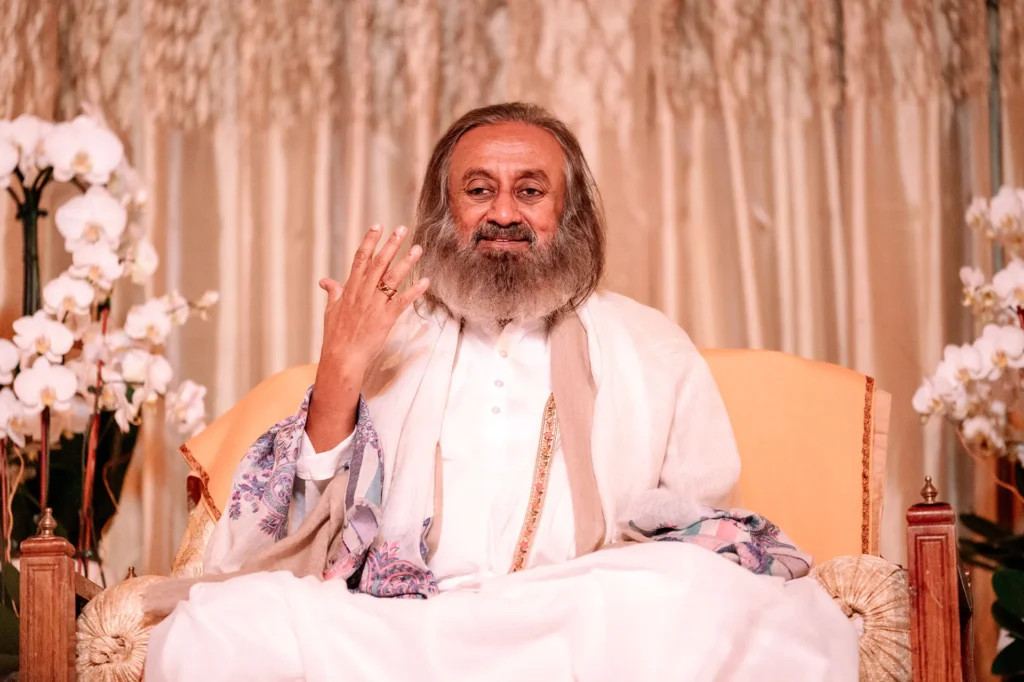The Economic Benefits of One Nation, One Election
Introduction:
India’s democracy is admired for its scale and citizen participation. However, holding elections frequently across different states and at different times comes at a significant financial and administrative cost. Elections are not only expensive but also disruptive to day-to-day governance. The idea of One Nation, One Election – where elections to the Lok Sabha and State Legislative Assemblies are held together – seeks to address this issue by improving efficiency and cutting costs.
What Is One Nation, One Election?
The concept involves synchronising the electoral cycles of the central and state governments, so that voters can cast their votes for both houses on the same day. This system was in practice during the early years i.e. from 1951 to 1967, before political developments like premature dissolutions disrupted the cycle. Since then, elections have become a year-round activity, with some part of the country always going to polls.
The Financial Burden of Frequent Elections
Each election demands enormous spending from both the Election Commission and the government. From printing voter slips and setting up EVMs to deploying police forces and training polling staff, the cost runs into thousands of crores of rupees. The 2019 Lok Sabha elections alone cost the Government nearly ₹55,000 crore/$ 8 Million, according to various estimates. When added to the cost of state and local elections, the total burden becomes massive.
Moreover, frequent elections lead to the repeated imposition of the Model Code of Conduct (MCC), which temporarily restricts government actions and delays developmental schemes. Departments get diverted from their core work, and the focus of political leadership often shifts from policy-making to campaigning.
Economic and Administrative Efficiency
Support for One Nation, One Election is not just limited to politicians. Leading business groups like FICCI, CII, and ASSOCHAM have pointed out that repeated elections negatively impact economic activity. A single, well-planned election cycle could help maintain economic stability and ensure that development activities continue without interruption.
Simultaneous Elections and Their Positive Impact on GDP
The High-Level Committee report, led by former President Ram Nath Kovind, highlighted a direct link between simultaneous elections and economic growth. It is estimated that if elections are held together across the country, the GDP will grow faster in the period after the elections. In fact, the report estimated that real GDP growth is, on average,
1.5 percentage points higher after simultaneous elections compared to non-simultaneous ones.
To understand the scale of this difference, 1.5% of India’s GDP in the financial year 2024 is approximately ₹4.5 lakh crore. This is equal to nearly half of the government’s public spending on health and about one-third of the spending on education. This means that better election management through simultaneous elections not only reduces direct expenses but also boosts the overall economy, providing extra funds for essential services like healthcare and education.
Conclusion:
One Nation, One Election is not about reducing the voice of the people, but about managing democratic processes more wisely. By conducting elections together, India can save valuable time and money, avoid unnecessary disruptions, and allow governments to focus on governance and growth. It is a reform that seeks to make democracy more efficient, without compromising its core values.



